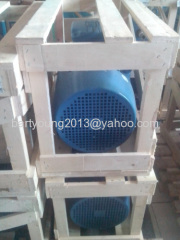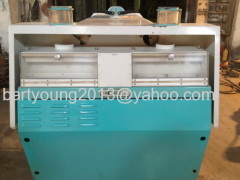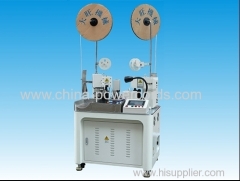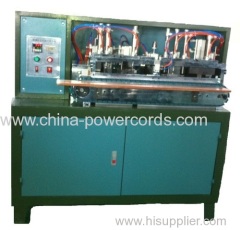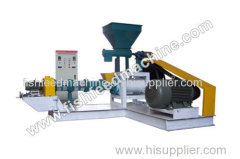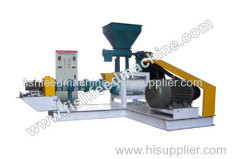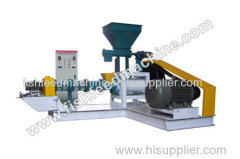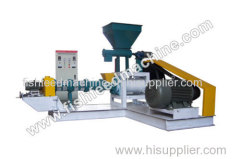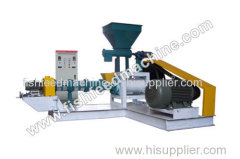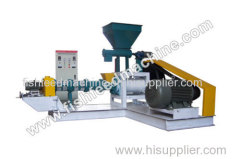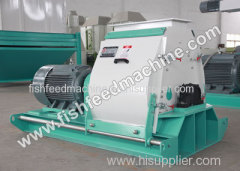
|
Amisy Fish Feed Machinery
|
AMS-DGP50Dry Type Fish Feed Machine
| Price: | 4000.0~30000.0 USD |
| Payment Terms: | T/T,D/P,WU |
| Place of Origin: | Henan, China (Mainland) |
|
|
|
| Add to My Favorites | |
| HiSupplier Escrow |
Product Detail
Dry type fish feed extruder is widely used for producing variety materials into high-grade aquatic feed pellets for fish, catfish, shrimps, crab etc.
Common Raw Material for Making Nutritional Fish Feed
Rice Dust: contain about 10-14% of protein and also contain vitamin B1, B2, B6 and small quantity of enzyme.
Mustard Cake: Mix maximum 40% of cake in the fish feed. But don't use dry cake more than 20%. Mustard cake contain 30-32% protein. It also contain a high rate of fat.
Wheat Chaff: contain fiber, control many types of fish diseases.
Maize: contain protein, carbohydrate, fat, vitamin A and E.
Cotton Seeds: contain about 54% protein. It is a better ingredients for supplementary fish feed.
Fish Powder: easily digestible to fish. Fishmeal contain about 55-60% protein.
Bone Powder: very necessary for building fish-bone. The ratio of calcium and magnesium in the bone dust is 2 : 1.
Innards : very suitable and ideal feed for catfish. It contain 52% protein.
Our fish feed extruder is of single screw design.
We provide technical formula for making floating fish feed pellets after placing order.
We send extra easy wear parts for free including two sleeves, one screw, one cutting knife and three die moulds.
Technical Features of Floating Fish Feed Mill
1. This extruder equipment adopts the auto-controlling speed feeding tool to produce the feed material evenly.
2. Electric heating device is adopted which can improve the feed expansion rate and pellets floating time.
3. High temperature and high pressure cooking process can kill the salmonellosis and bacterial infections and also makes the pellets easily to digest.
4. The cutting knife adopts the frequency controlling speed in order to change the material size.
5. The floating time can be controlled by the puffing degree adjustment.
6. Auto-temperature control system makes the temperature controlling more direct viewing and the parameter more precise.
Working Principle of Dry Type Fish Feed Machine
There is no need to heat outside the machine, through the screw extruding of the raw material, heat is produced and gathered during the rotary working process in the airtight environment, and during the high temperature ripening process, the starch and fiber of the raw material become swell. Then under the pressure-tight condition, material will be formed into pellets by shaping mould. At the end, through the high pressure produced by the regular rotating of the screw, after being cut by the forepart cutter which rotates regularly and high-speedily, the finished products will be shrunk and become small average puffed balls in room temperature and pressure.
Related Search
Fish Feed
Fish Feed Pellet
Floating Fish Feed Extruder
Feed Machine
Feed Sewing Machine
Pillow Type Machine
More>>

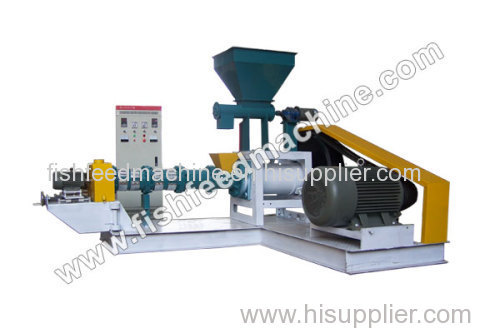
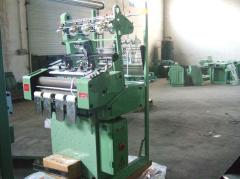
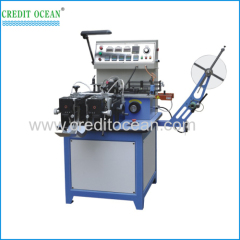
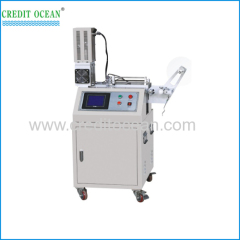
.jpg)
